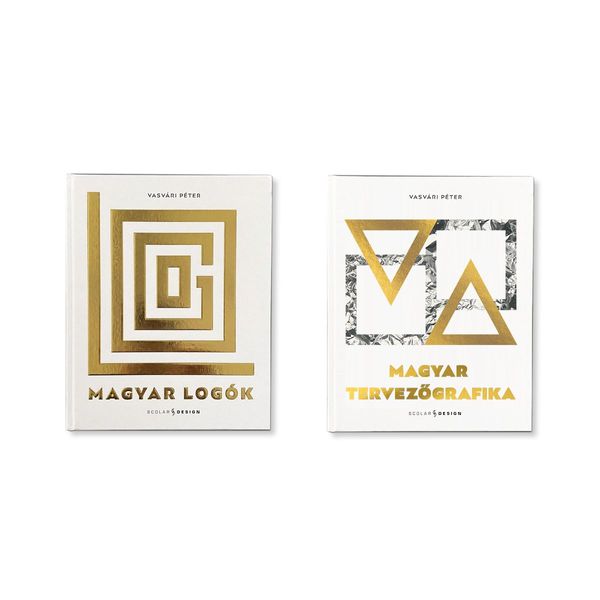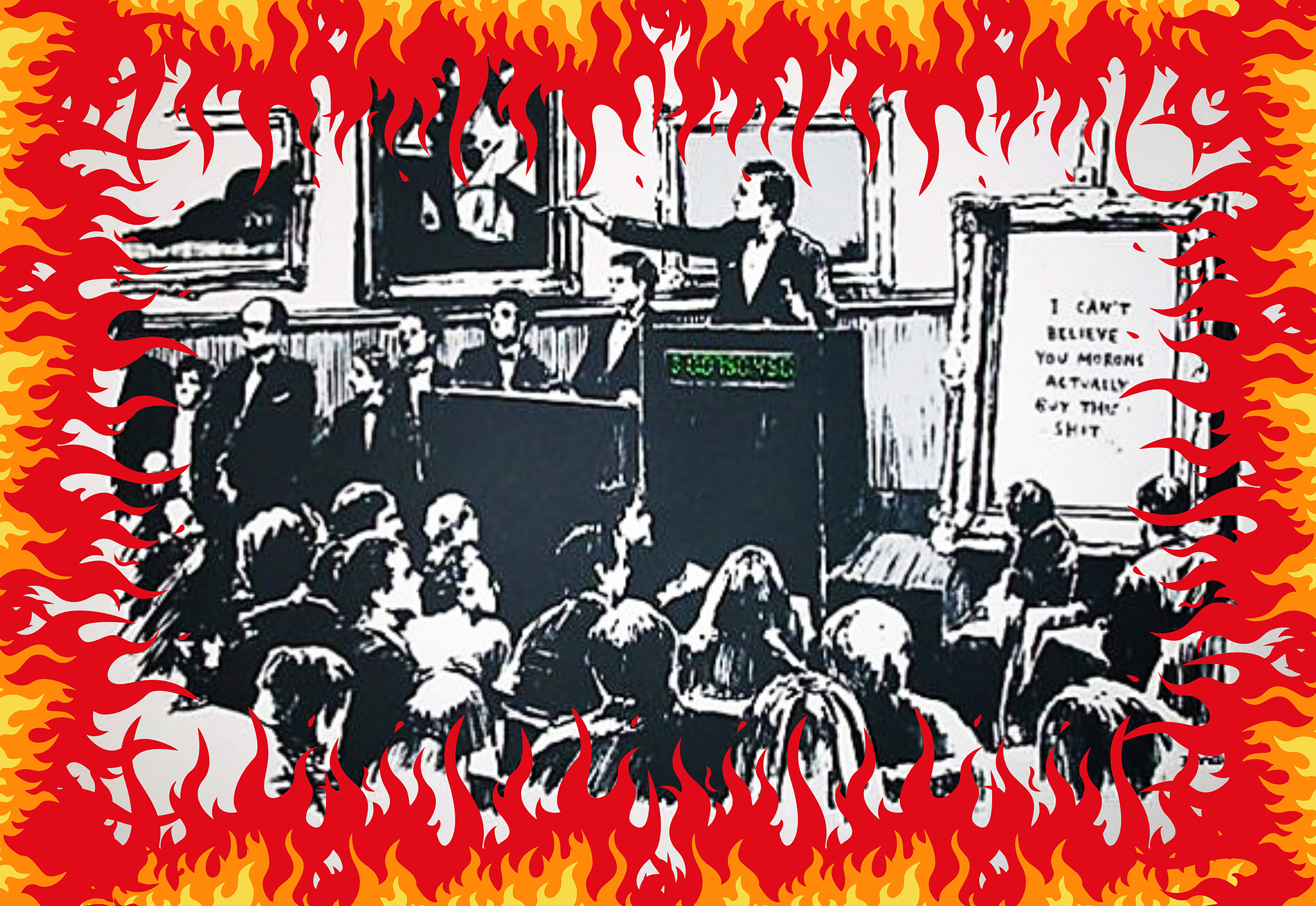At the beginning of last year, most of us had never heard of the NFT (non-fungible token) acronym; however, in one year, the editors of the Scottish Collins Dictionary had already chosen it as the word of 2021. The new medium is fundamentally shaking up the art market: it redefines the relationship between art and money, the psychological aspects of art collection, and the artifacts’ conceptuality. Many have taken the plunge into crypto art, but there are plenty of skeptics too.
We focus on these of the many interesting aspects of NFTs in the latest Hypelab episode of the DIALOG month. You can read about the basics of crypto art in an earlier article about the NFT gallery of Miklós Kiss.
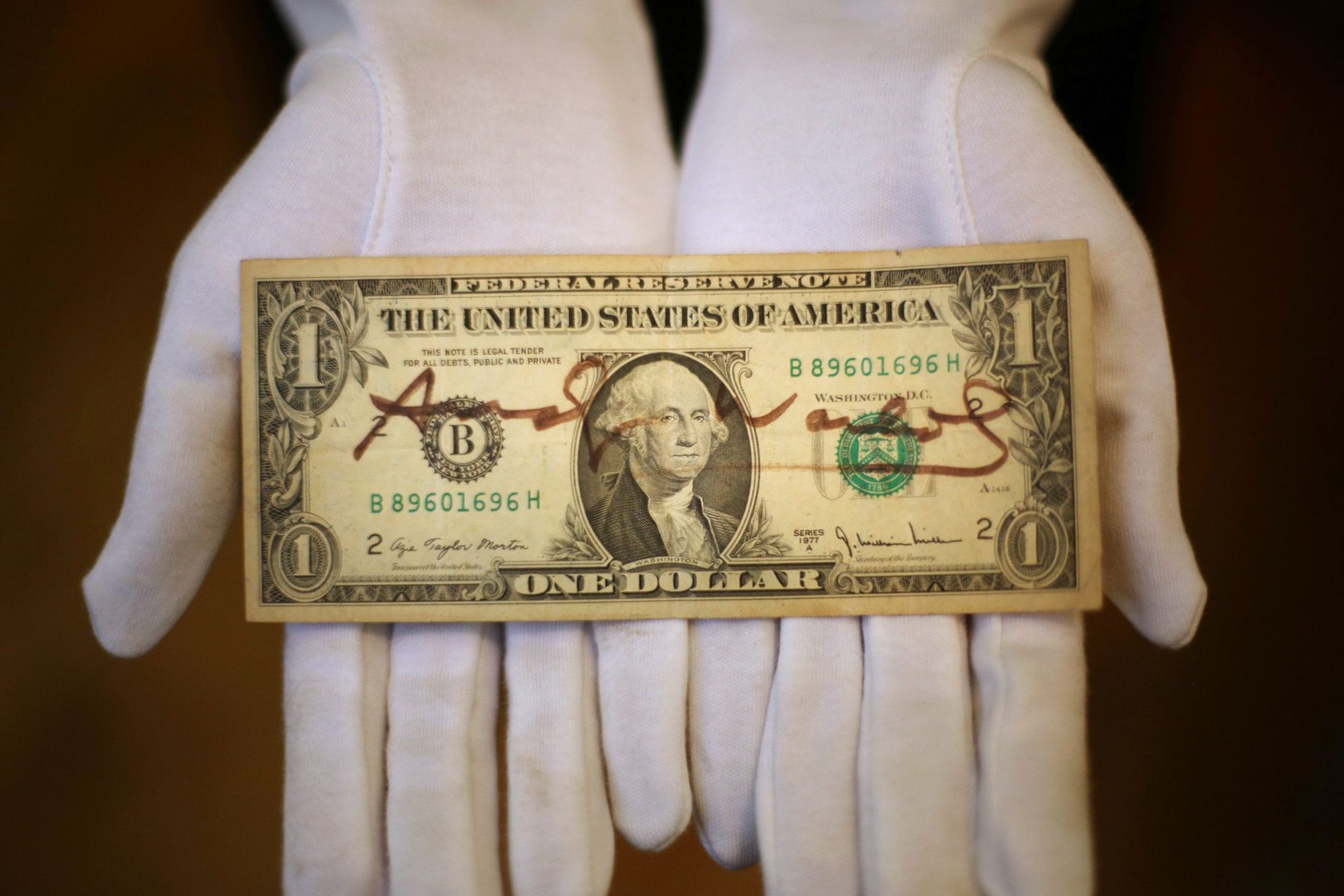
Marcel Duchamp’s urinal completely reinterpreted what we consider art, and Andy Warhol, who famously said that new art is really a business, has brought about a similarly profound change in the sixties. The culmination of this idea was when he signed two hundred one-dollar bills, priced at $200 each. One was later sold for $32 million. In light of this, it is not surprising that people have started spending huge sums on non-fungible tokens last year. However, what is entirely new, is the format and channel of transmission, which disrupts the mechanism of the art market that has remained more or less unchanged for thousands of years. In the blockchain-based art trade, entirely new players can emerge, which may overlap with the art market elite, but is far from being the same. Crypto-optimism, technological proficiency and speed are the main differentiators here. (Plus the ever-increasing uploading and transaction fees and a significant randomness factor.)
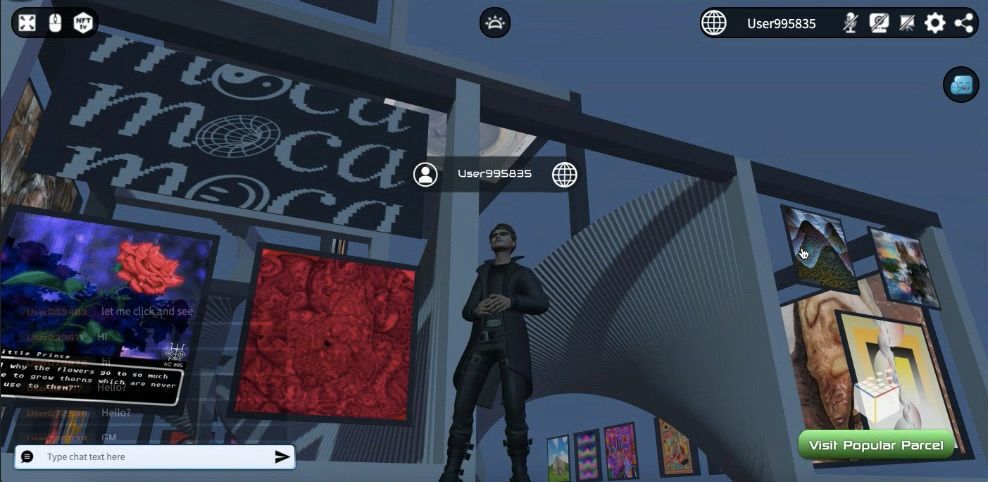
The NFT has been around since 2015, but it came to the world’s attention in 2021, when a digital artist, Beeple, sold an NFT for $69 million (Everydays: the First 5,000 Days) at the auction house founded in the eighteenth century, the Christie’s. This made him the third most expensive living artist (after David Hockney and Jeff Koons). It showed digital artists that their work could be realized in amounts they had never thought possible, and for resales, they could also collect royalties on the new platform. Since then, more and more auction houses, galleries and artists have joined in. For example, Sotheby’s Metaverse has recently been launched, specifically designed for digital art collectors. Meanwhile, the secondary market is accelerating incredibly in the crypto space, and pricing is changing. “In the case of photos, videos (and other digital works), the trade has so far been based on trust regarding the copy numbers. Blockchain technology can now revolutionize this, which can guarantee that the certificate associated with the artwork and the digital version of the artwork cannot be altered or forged. We could have a very exciting time ahead: at the moment, the price of a contemporary work is still much more influenced by the artist, the gallerist, the curator, the museum world and the fairs than by the buyers themselves. But in this space, it is the consumers and the hype that drives the market,” said Péter Barta, art collector.
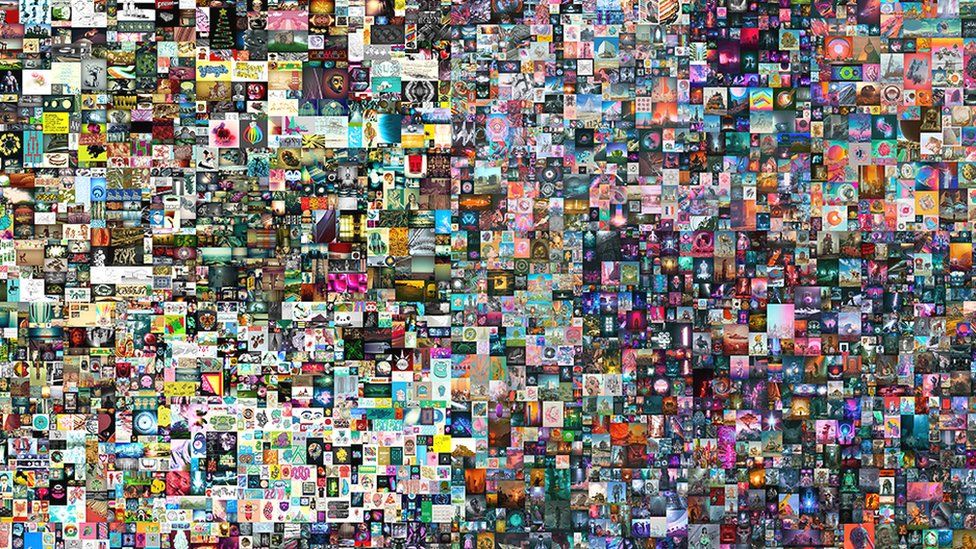
The crisis of tangible art
“What do we surround ourselves with? It is a visible message in the space we live in. It is not a message of how others see us but how we see the world. Artworks beautify our lives, they are investments and are a message for future generations, but more than that: they are a world view. What you surround yourself with is important!” said Eleni Korani, classical art dealer and owner of the Ernst Gallery, in her TED talk. However, in the NFT market, this very physicality and spatial presence are called into question regarding the consumption and enjoyment of art. For example, suppose digital codes are hiding in digital wallets. In that case, that can be used to show off at a friendly dinner (a kind of “bragging culture” is also associated with NFT), but since generally they will not be an integral part of our living spaces, will we develop an attachment? And if they are passed on more quickly and easily in the virtual space for a new and better investment, how much impact can art have?

TOBE, a contemporary photography gallery, has organized an NFT critical exhibition in the summer of 2021. “We came up with our NFT SUX group exhibition in the wake of the COVID shutdowns and the NFT craze, with the primary aim of saving community life. We felt that we had to do something for the physical presence. We think it’s not necessary (yet), and most of all, we don’t have to get too involved in the ‘ethereal marketplace’ straight away to make art enjoyable or purchasable. We added the word SUX (referring to sucks—the Ed.) in the title because we felt that the air around NFT is not clean yet, and this has since been proven, with several cases of plagiarism. It’s quite clear that it will be a new gateway, but we don’t know what kind and who will “fit” through it. Or I mean, we suspect that somebody who does this diligently, full-time, in front of the monitor. We have invited many renowned foreign artists to the exhibition, and the displayed works contain many elements that point to this changing world. We could keep on writing and talking about this, or ‘looking at the screen,’ but we still want to stay and continue to be active in the physical space,” Bea Puskás and Tomas Opitz, the gallery’s directors, shared with us.

The destruction of Banksy’s ‘Morons’ can be interpreted as one of the forerunners to the death of physical art. The 2006 print (which reads: “I can’t believe you morons actually buy this.”) depicts the auction of Van Gogh’s Sunflowers at Christie’s. Crypto company Injective Protocol decided last year to burn the Banksy painting, in an analogy to the token “burning” that is common within the blockchain (which is designed to destroy NFTs to increase the value of the rest of the supply). So they bought the original for around $95,000, which was then literally set on fire in a live video. Its value was thus transferred to the NFT version of the painting, promoting a new medium of artistic expression. The NFT was then sold for a multiple of the original price, $380,000.
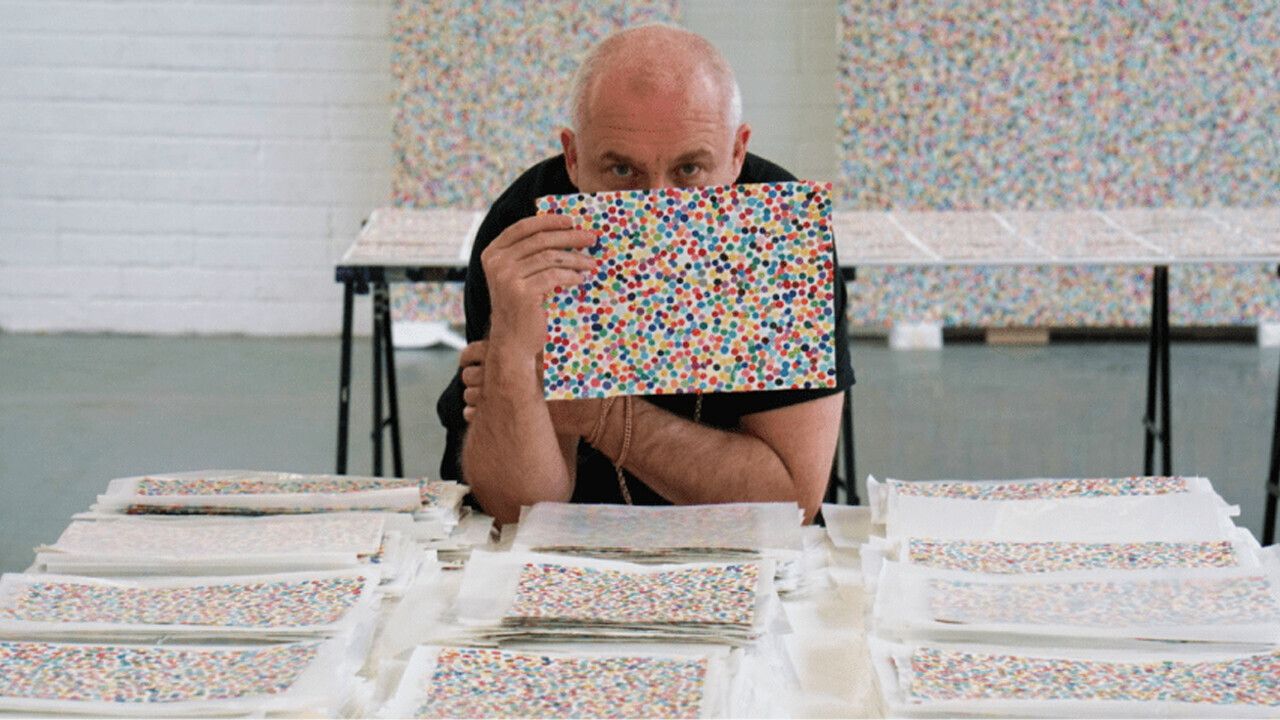
Damien Hirst’s NFT experiment, entitled Currency, can also be linked here. Long concerned with the relationship between art and money, Hirst has created 10,000 similar but unique banknote-shaped paintings embossed with holograms and watermarks. Each picture comes with an NFT. The buyer can decide which one he wants, and the creator will destroy the other format. The artist aims to use this as a collector’s test and after a certain period, he will count up how many physical works he has to destroy. He also raises the question: if we were to abstract from their value, which would buyers choose? He thinks that this is itself the answer, that you can never abstract from the value of the artwork.
The NFT embodied in the physical space
But NFT, like in Damien Hirst’s experiment, is not necessarily limited to the virtual space. “I felt the need to connect crypto art with offline artworks. With us, if you buy an NFT, you have the possibility to collect tokens and redeem them for the emogram as a sculpture that you bought,” Miklós Kiss told us in our previous interview.
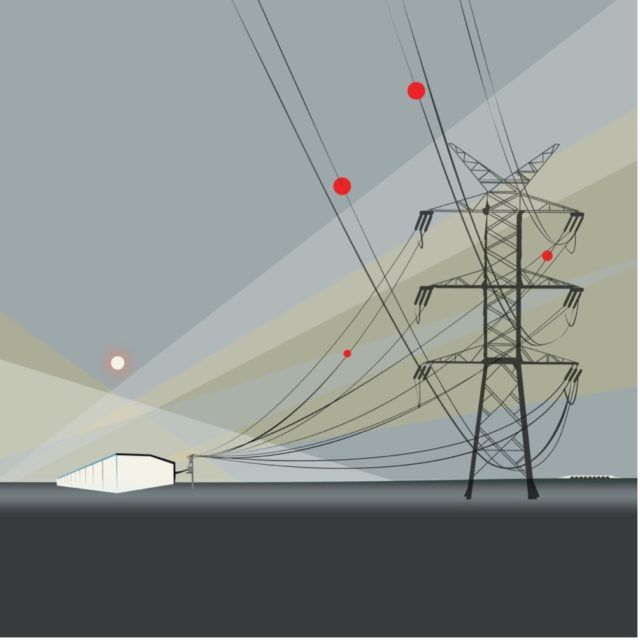
The owner of the first Hungarian NFT (entitled “Bitcoin mine in the Great Hungarian Plain”), Peter Kacsuk, also made a similar deal: “I’m a traditional collector. For me, the physical accessibility and enjoyment of the artwork are very important. When Peter Weiler announced the first Hungarian NFT, he very cleverly offered the physical copy along with it. This was a big factor in my decision to buy it. At the same time, I am convinced that the future belongs to digital artifacts that will appear programmed on large screens on the walls of homes, public institutions, workplaces and museums. These screens are now very cheap, and they can even be programmed, making it easy to replace collectors’ items displayed at home. Even the size of the walls of your home is no longer an obstacle to collecting, as you can buy an unlimited number of items,” he shares. Of course, this brings up the question of how much the intimacy of a room is lost, for example, by a screen projected work compared to a traditional format, but this is a matter of taste.
The ambitions of the Crypto Art Museum (yes, it already exists; since 2018) go beyond the virtual space. “We have planned about eight physical exhibitions in a few months. The NFTs are incredibly popular at the moment, so people want to be hosts on our behalf and do physical things with their art. So in the last two months, we’ve had exhibitions in Denver, New York, Boston, Berlin, Prague and Shanghai. It’s very easy and cheap to exhibit these works all over the world,” said founder Colborn Bell, who recently purchased an old New York church space that he plans to use as a physical extension of the crypto museum.
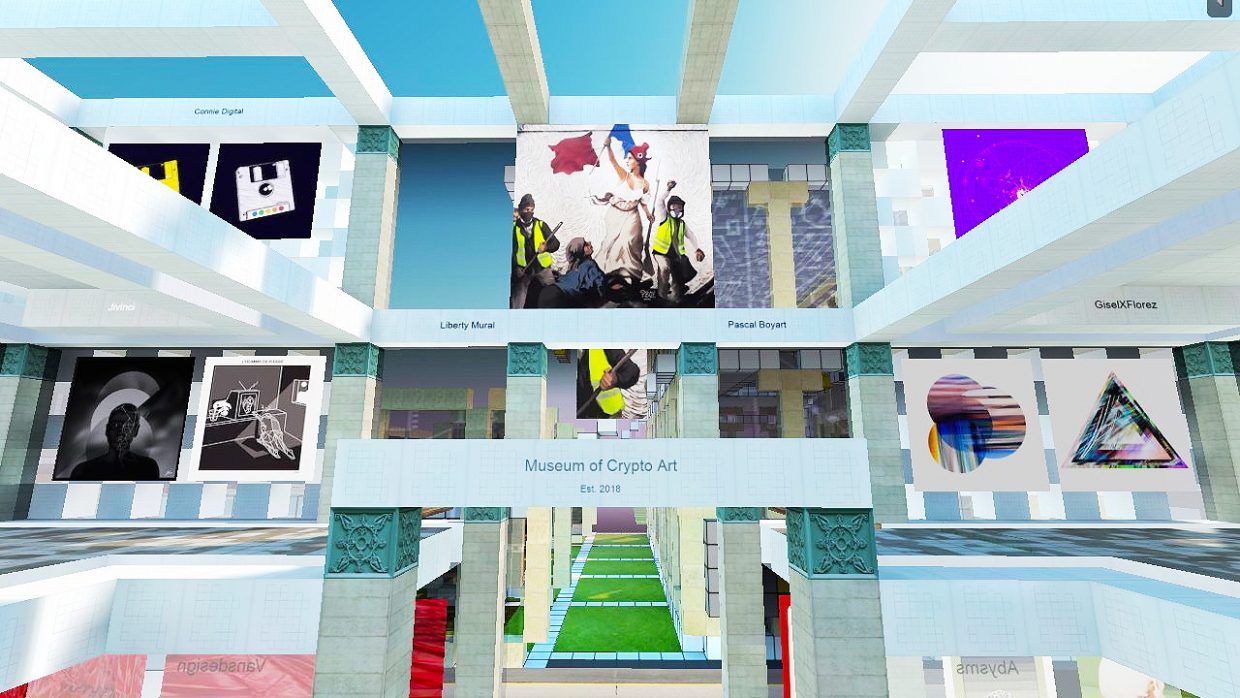
“I think the present generations of art collectors are committed to the traditional way of collecting. People who have bought a lot of physical art are used to it and don’t want to replace existing physical artworks with virtual ones. This does not mean, of course, that all these collectors have completely excluded themselves from this form of collecting. I think that a large part of them will gradually open up in this direction, and their collections will include virtual works as well as physical works. I believe that the two types of artwork will live side by side for a long time to come. However, a significant number of new collectors, especially the younger generation, will only collect NFTs because they have grown up in a digital world. This world appeals to them, while they consider physical artifacts outdated and outmoded. The subject is, of course, quite wide-ranging and complex. It could be discussed and debated for days because there are many arguments for and against NFTs. Basically, I believe that progress is unstoppable and that the NFT represents the progress in the art trade,” says Peter Kacsuk, art collector. So the question is not necessarily whether the NFT will crush the traditional art market soon, but rather it is that whether physical objects will still be important for the new generation. Then, even if their market declines for a while, later, the need for tangibility and slower culture consumption may return, as in the case of the recent resurgence of the vinyl fever.
Conceptual collection
Peter Barta thinks about art collecting beyond the physical and virtual plane and sees great potential in NFTs: “My own collecting attitude is not so much focused on owning objects, but more on the artist and the consumption of fine art. A few years ago, I bought a series of 10 mosaics from Kis Varsó. These were created as part of a collaborative session. They were not fixed. The artists swept up them after a few days. The lifespan of the artworks was short in a material sense, but for me as the owner, it was the conceptual lifespan that mattered. Of course, documentation was made of these works, which is usually treated as an artifact in conceptual (or performance) art. I don’t feel that these works are any less valuable than the rest of my collection. The value of these types of works is not in question, in my opinion, in either the physical or NFT marketplace. Just as conceptual art has an undisputed place in art history, I think we also need to start getting familiar with the term of conceptual art collecting,” he shared.
And with the NFTs, it’s as if they were reinvented the wheel, and everything, that was done before by avant-garde artists is now becoming exciting again. In fact, basically, everything that is being done for the first time in NFT has become exciting: tastes, smells, literature, film. The sky is the limit because technology itself puts a new conceptuality behind them. For example, an Armenian artist, Narine Arakelian, announced at Art Basel Miami Beach that her first NFT, Live, includes an embedded contract in which she promises the buyer one of her ova. “I am happy to bring a child into the world with my art. All my artworks are my children, and the fact that this will actually give birth to a child is amazing. The artwork will mean so much to the buyer because it will give them a child,” she said. And we wait with curiosity (but with all critical attitudes) to see what other astonishing things will be created at the intersection of the digital and analog worlds.

DIALOG | Ákos Vörös & Aba Zsuffa—Analog Balaton
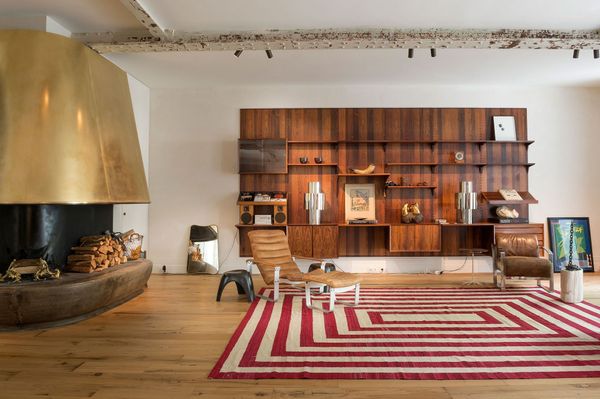
Favorite interiors of the week_93
